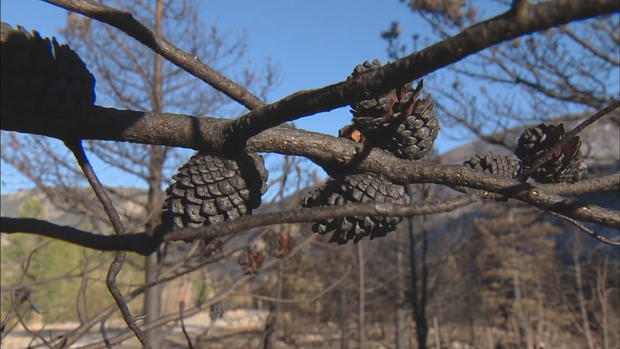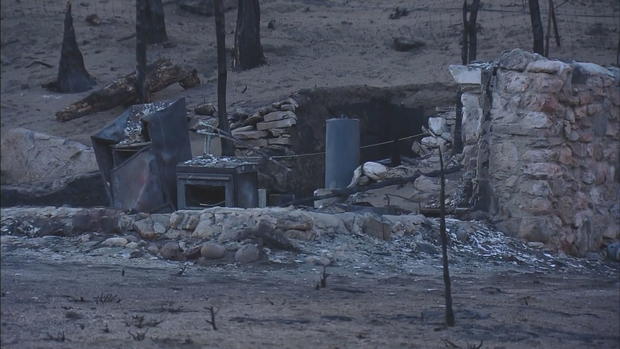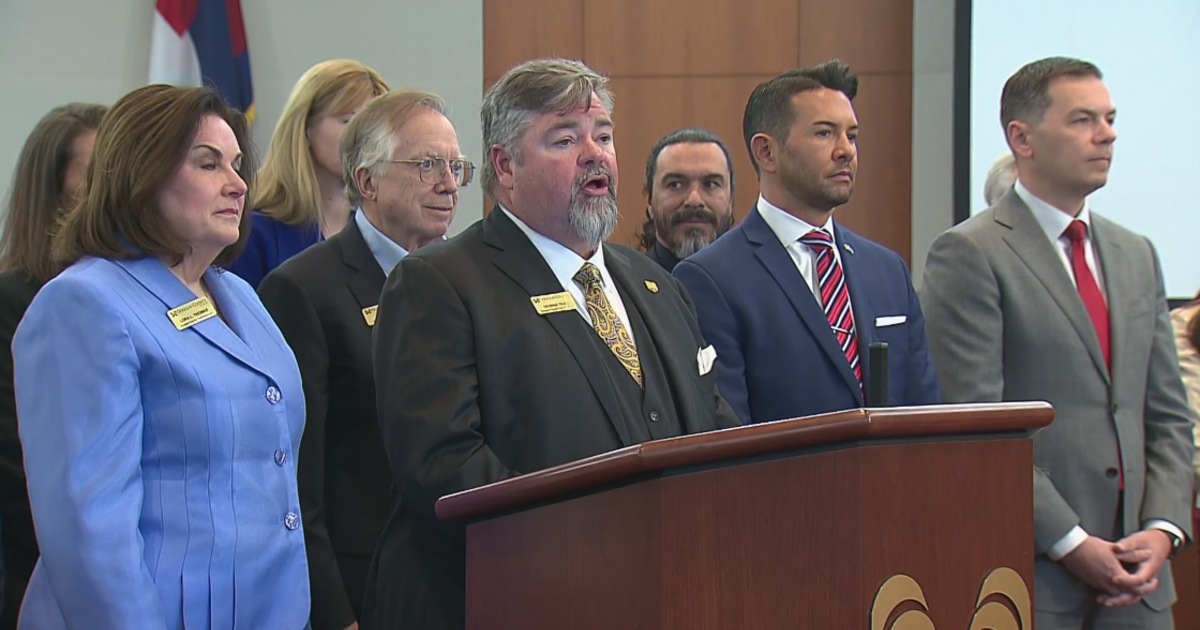Tour Burn Area, Destruction, In Wake Of Cameron Peak Fire With CBS4
LARIMER COUNTY, Colo. (CBS4) — For the first time since the historic Cameron Peak Fire sparked in August, CBS4 was granted access in to the burn scar, up to the point where the fire first sparked. The fire, which grew to become Colorado's largest wildfire in history at nearly 210,000 acres, is more than 90% contained.
Larimer County Sheriff Justin Smith escorted CBS4's Dillon Thomas to Chambers Lake, where the fire started on Aug. 13. From there it burned more than 40 miles toward the east, eventually stopping near the gates to major cities like Fort Collins and Loveland.
Smith said the fire is presumed to be human-caused, as fire investigators haven't found any evidence of lightning or downed power lines in the area at the time it started.
Driving through the charred terrain, Smith said he sometimes has a hard time believing the now snow-covered land was the epicenter of the state's largest blaze just weeks ago.
"It is surreal to be back here, and again experience just how devastating this fire was," Smith said. "You don't have the time for it to soak in of what this fire really means, how deep that destruction was. Because, we went from one area to another, one house to another. Now that we have gotten through that we are reminded just what happened."
Smith said the fire, which claimed more than 220 homes, was forecasted years before.
"This is the fire we have been fearing for a couple decades. It proved to be that 10-fold," Smith said. "To have that duration and that coverage truly is unprecedented."
The fire, which is still burning in some areas, was significantly impacted by the weather patterns of the mountainous region. The terrain was difficult for firefighters to navigate at times, especially following snowstorms.
Strong winds and beetle kill trees fueled the fire, while three separate snowstorms worked to control the blaze at times.
Winds were still strong during CBS4's tour of the burn scar. Smith said those same winds, often times even stronger and gusting upwards of 80 mph, were tough to battle.
"It was a different temperature (during the start of the fire.) But, it was the same kind of winds that drove it through this beetle kill timber," Smith said.
While any loss of property is difficult to accept, Smith said the county was able to save most primary residences. Of the more than 220 homes lost, only an estimated 30 of them were primary residences.
As Smith zigzagged through the Poudre Canyon and through seemingly endless miles of charred terrain, peppered with the remnants of what used to be homes, he said it was shocking to remember what driving that very path was like during the height of the blaze.
"It wasn't that long ago we were here literally with flames blowing across our vehicles," Smith said. "The mind has a hard time wrapping around not only the 200,000 plus acres, but the three months the community up here was dealing with active fire. We adjusted to fire is a way of life for nearly three months here."
Slabs of cement mark where homes used to stand. Blackened trees and grass lead up to piles of rubble, often only chimneys and burned kitchen appliances were all that were identifiable. Most home possessions are but ash now, picked up in millions of fragments each time the wind gusts.
As the clear, and freezing, water of the Poudre Canyon trickles by, surrounded by dead vegetation, signs of revival are already showing. Crews are already working to restore power, clear downed lines, clear dead trees and clean out properties.
"We're reminded there is a lot more work still ahead of us," Smith said. "It is going to be a significant period of time before areas like this really come back."





